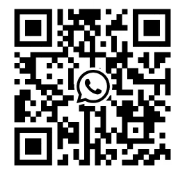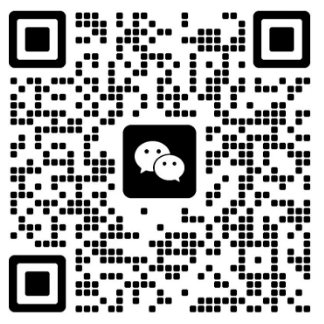With the rapid development of the Internet of Things, Bluetooth low energy technology has been widely used, and Bluetooth low energy technology is constantly iterating, and each innovation is a new process. The impression of low-power Bluetooth technology is that it has low power consumption. In fact, it still has some key cold knowledge points. Let’s take a look.
1. Bluetooth Low Energy is backward compatible with:
For example, now that Bluetooth 5.2 has been released, and you develop a device that uses Bluetooth 5.2 technology, the device can interact with devices that use Bluetooth 4.0 technology. There are exceptions to this rule, especially when one of the devices implements optional features for a specific Bluetooth version, but on the core functionality, the specification guarantees backward compatibility.
2. Bluetooth Low Energy can achieve a range of more than 1 km:
The original definition of low-power Bluetooth technology is indeed low-power, short-range transmission. But a new mode called Long Range Mode (Coded PHY) was introduced in Bluetooth 5.0, which allows BLE devices to communicate over longer ranges, up to 1.5 km line-of-sight.
3. Bluetooth low energy technology supports point-to-point, star and mesh topologies:
Bluetooth low energy technology is one of the few low-power wireless technologies that can accommodate a variety of topologies for many different applications. It natively supports peer-to-peer communication, such as between a smartphone and a fitness tracker. Additionally, it supports one-to-many topologies, such as a Bluetooth Low Energy hub that interfaces with multiple smart home devices simultaneously. Finally, with the introduction of the Bluetooth mesh specification in July 2017, BLE also supports many-to-many topologies (mesh).
4. The Bluetooth low energy advertising packet contains up to 31 bytes of data:
This is the standard size of the advertising payload for packets sent on the primary advertising channels (37, 38, and 39). However, keep in mind that those 31 bytes will include at least two bytes: one for the length and one for the type. There are 29 bytes left for user data. Also, keep in mind that if you have multiple fields with different ad data types, each type will take up two extra bytes for length and type. For advertising packets sent on the secondary advertising channel (introduced in Bluetooth 5.0), the payload is increased to 254 bytes instead of 31 bytes.
Post time: May-12-2022






